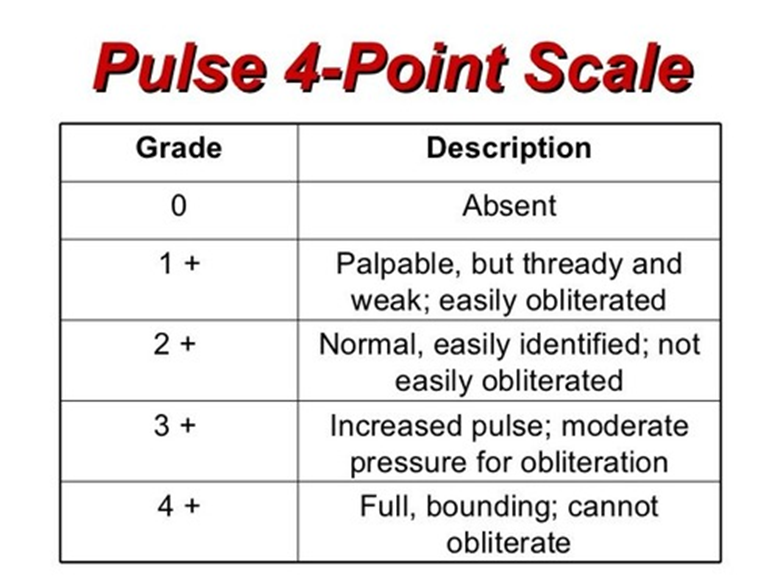Nursing in the United States is regulated by the state nurse practice act. What is a common element of each state’s nurse practice act?
Defining the legal scope of nursing practice
Lobbying federal lawmakers to advance professional nursing
Providing continuing education programs
Creating institutional policies for health care practices
The Correct Answer is A
A. Defining the legal scope of nursing practice:
The nurse practice act in each state defines the scope of practice for nurses, outlining what nurses can and cannot do within the legal boundaries of their profession. It specifies the duties, responsibilities, and limitations of nursing practice within that particular state.
B. Lobbying federal lawmakers to advance professional nursing:
While nursing organizations and associations may engage in lobbying efforts at the federal level, it's not a direct component of the state's nurse practice act.
C. Providing continuing education programs:
While states might require nurses to participate in continuing education for license renewal, the provision of continuing education programs itself is not a direct element of the nurse practice act.
D. Creating institutional policies for health care practices:
Institutional policies are typically developed by healthcare institutions or organizations and are separate from the state's nurse practice act.
Nursing Test Bank
Naxlex Comprehensive Predictor Exams
Related Questions
Correct Answer is A
Explanation
A. Increased, strong:
A pulse amplitude of +3 indicates an increased or strong pulse. This suggests a forceful and palpable pulse, potentially associated with conditions like fever, anemia, or increased cardiac output.
B. Diminished, weaker than expected:
This would typically be associated with a lower than normal pulse amplitude. It might suggest poor peripheral perfusion or decreased cardiac output.
C. Absent, unable to palpate:
If the pulse is absent or unable to be palpated, it could indicate severe conditions such as vascular occlusion or cardiac arrest.
D. Bounding:
A bounding pulse is one with a forceful and strong amplitude. It suggests a powerful expansion of the arterial wall, and it can be associated with conditions like fever, anemia, or increased cardiac output.

Correct Answer is A
Explanation
A. 74-year-old female with malnutrition and a foley catheter in place:
Malnutrition can weaken the immune system, making the individual more susceptible to infections. Additionally, the presence of a foley catheter increases the risk of urinary tract infections.
B. 54-year-old female admitted for chest pain observation:
Chest pain observation does not inherently increase the risk of infection.
C. 34-year-old male admitted for seizure observation:
Seizure observation does not inherently increase the risk of infection.
D. 78-year-old male with right-sided hemiplegia following a stroke:
While the hemiplegia following a stroke may pose mobility challenges, the presence of malnutrition and a foley catheter in option A puts the patient at a higher risk for infection.
Whether you are a student looking to ace your exams or a practicing nurse seeking to enhance your expertise , our nursing education contents will empower you with the confidence and competence to make a difference in the lives of patients and become a respected leader in the healthcare field.
Visit Naxlex, invest in your future and unlock endless possibilities with our unparalleled nursing education contents today
Report Wrong Answer on the Current Question
Do you disagree with the answer? If yes, what is your expected answer? Explain.
Kindly be descriptive with the issue you are facing.
